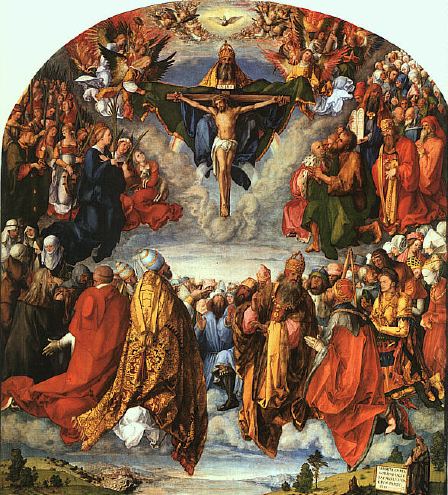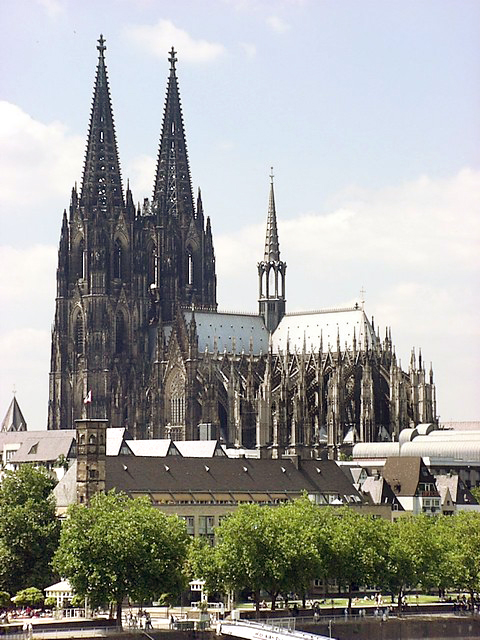This is a continuation of this article. Part III may be found here.
Edwards and the Awakening
The Great Awakening began in November of 1734, when Jonathan Edwards, a Massachusetts pastor-theologian, became concerned by a spreading tendency among Connecticut River Valley Christians to rely on their own abilities in seeking salvation from God. In response, Edwards preached a two-sermon series on “Justification by Faith Alone.” And in what Edwards believed was “a surprising work of God,” the people in Northampton and the surrounding area were, he said, “seized with a deep concern about their eternal salvation” so that “scarcely a single person in the whole town was left unconcerned about the great things of the eternal world.”
Edwards organized small groups to encourage those experiencing such concern, and soon hundreds were converted and renewed. The revival spilled over into 1735, touching some 25 Massachusetts and Connecticut communities before its intensity began to wane that spring.
Meanwhile, back in England, several students at Oxford University, including the brothers John and Charles Wesley and their friend George Whitefield, founded a group that the undergraduates derisively called the “Holy Club.” This group dedicated themselves to spiritual reading, spiritual disciplines, and works of mercy for the poor and underprivileged.
After 1739, Whitefield traveled, by invitation, as an itinerant preacher in America. Some scholars suggest he became the only universally recognizable figure in the colonies before George Washington. As the Awakening spread through the 1740s—especially through Whitefield’s preaching—many thousands eventually converted in the Great Awakening (reliable estimates stand at about 50,000).
After these events, back in England, Wales, and other European countries, Whitefield and the Wesley brothers soon witnessed similar scenes of heightened religious concern and widespread conversion—events culminating in a widespread “evangelical awakening” on the continent.
Results of the Awakening
In America, the Awakening had several results.
First, church membership increased, especially among newer groups such as the Baptists and Methodists.
Second, there was a mushroom growth of new institutions of higher education, founded to fill the need for clergy. The most recognizable of these include: Princeton (Presb), Brown (Baptist), Dartmouth (Congregationalist)—more “bricks in the ivy league wall,” begun at Puritan Harvard & Yale.
Third, on a limited basis, the Awakening stimulated certain kinds of social reform. These tended to be conservative, church-based reforms like the founding, by the turn of the 19th century, of Bible and tract societies, Sunday Schools on the Western frontier, and a nascent temperance movement.
Fourth, the Awakening resulted in the drawing of a new line of division both between denominations and within denominations. On the one hand, Anglicanism and Quakerism gained members from those uncomfortable with the emotional emphasis of the Awakening.
On the other, the Baptists gained many members and started many new churches out of those revived both within their own churches and from other denominations. And the Congregationalist and Presbyterian denominations became divided between the “Old Lights” inclined to a moderate, “reasonable” religion, and the “New Lights,” insisting on heartfelt conversion and commitment.
It was the Baptists and the New Lights, along with a later infusion of Methodists, who would form the core of what we today call American evangelicalism.
Sixth, out of this new polarization of American Protestantism came the seeds of disestablishment and religious pluralism: The Baptists, for example, agitated politically for legal recognition of minority religious rights became more and more visible, led by the Baptists. They were forced, still, to pay taxes to support the ruling Anglican churches in the South and Congregationalist churches in new England. Within decades after the Revolution, this led to the actual disestablishment of religion in America—the separation of church from the powers of state.
A seventh and final result of the Awakening—really, a result of the religious division that came out of the Awakening—was that social patterns of deference and hierarchy were increasingly broken down, “since religious disagreement both reflected and fostered social division.” This major “democratizing” social trend was a huge aspect both of America’s influence on Christianity, and of evangelical Christianity’s influence on America.

 Medieval Wisdom for Modern Christians
Medieval Wisdom for Modern Christians






